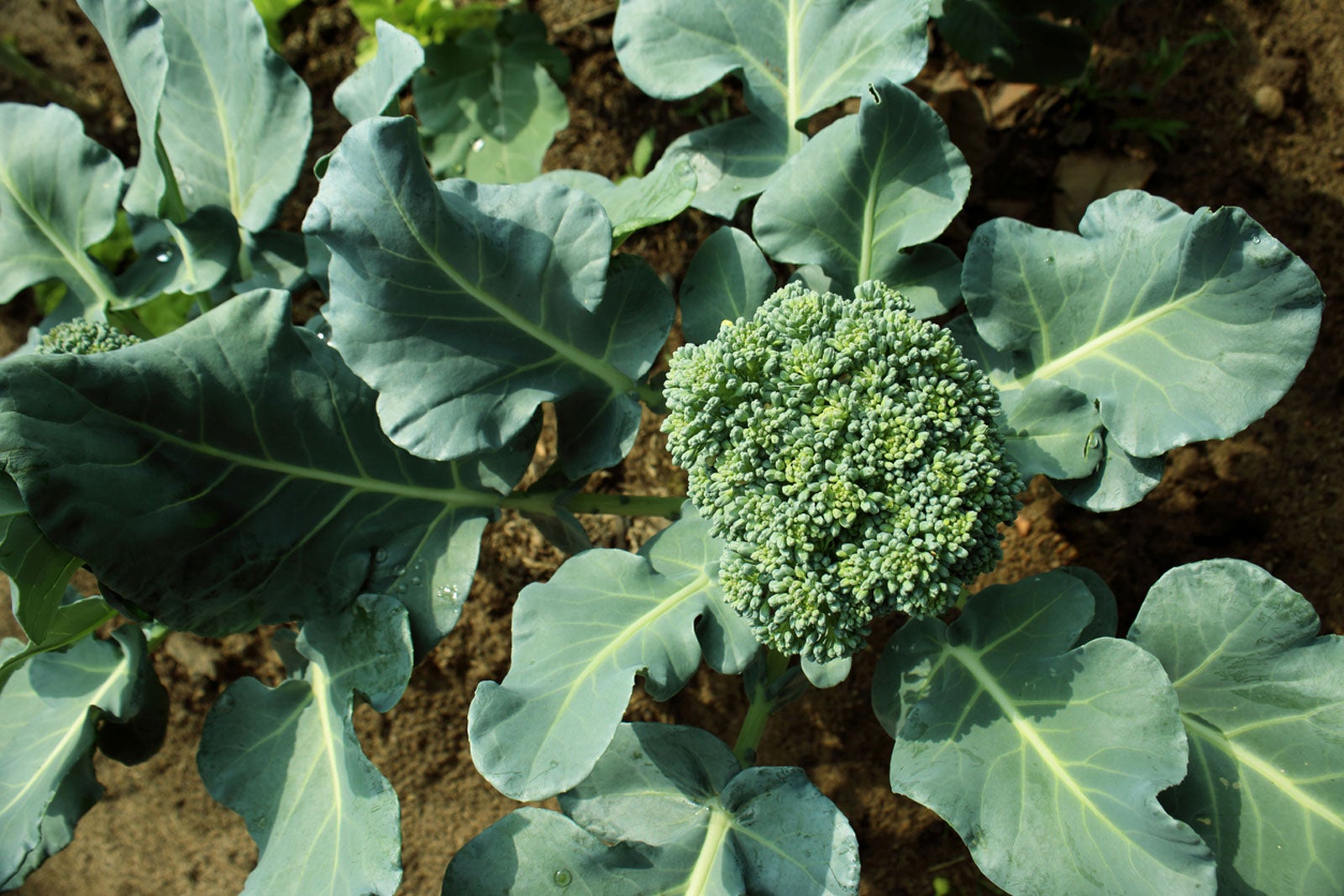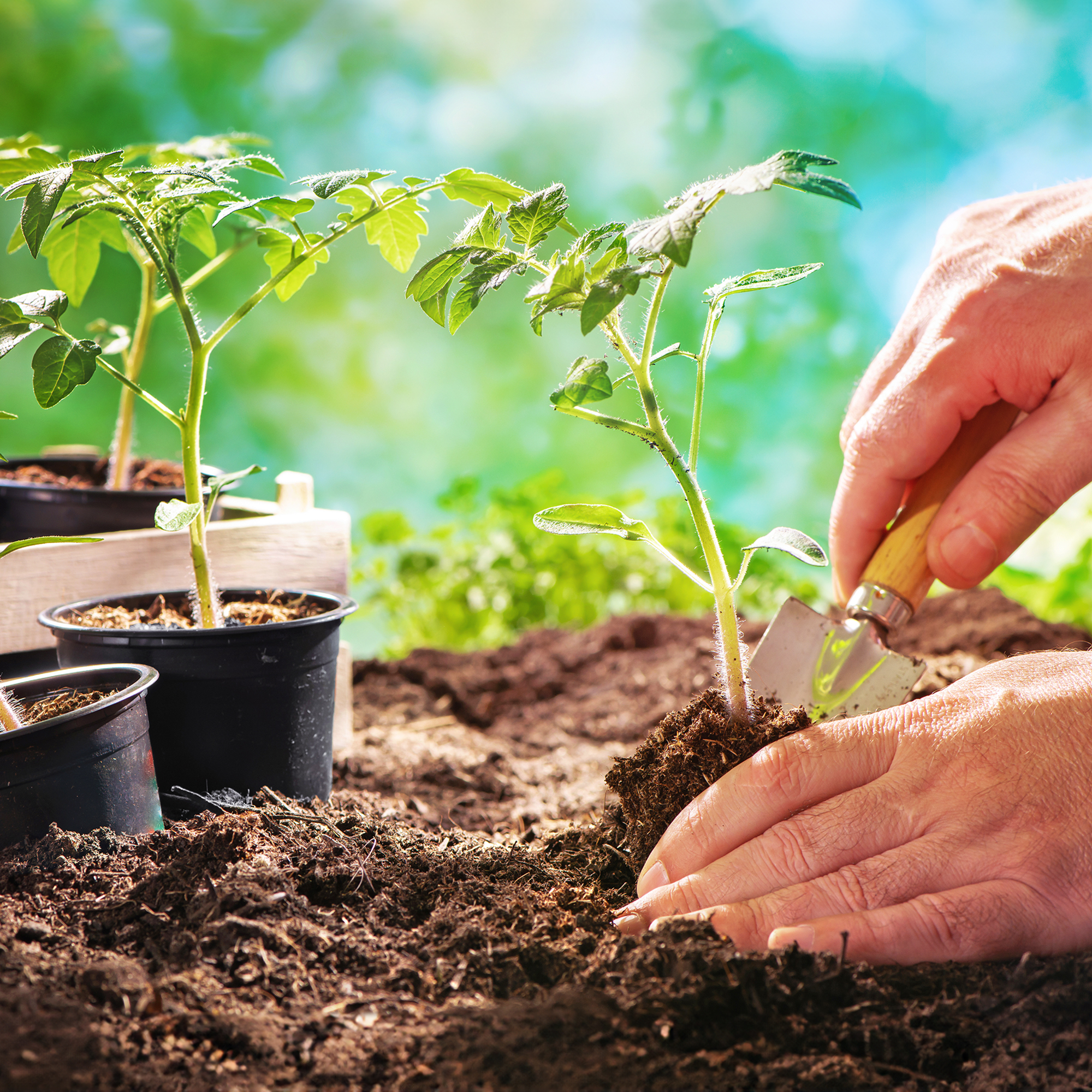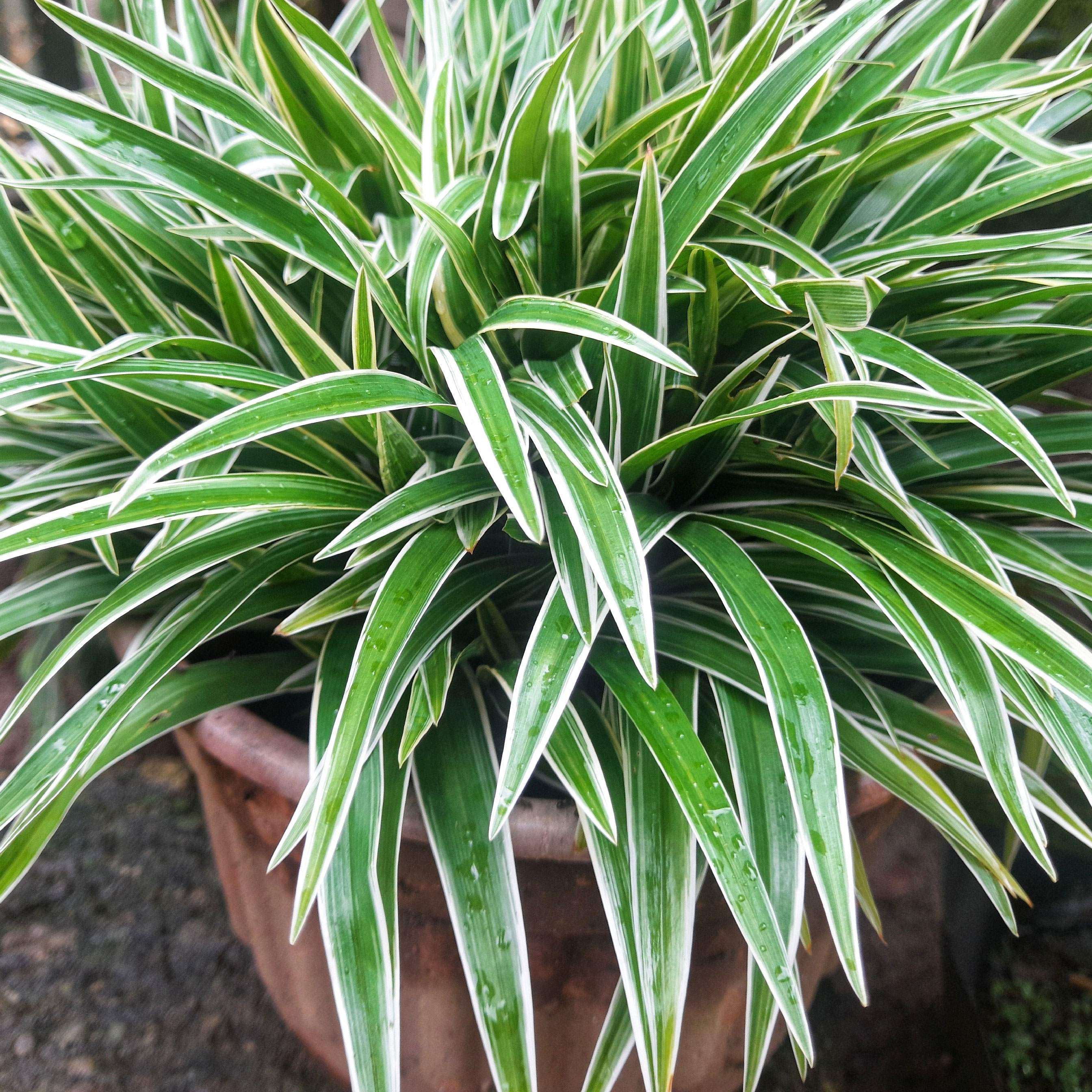How To Grow Broccoli – Growing Broccoli In Your Garden
Plant some broccoli in your garden for a delicious and highly nutritious treat. It's easy to grow if you know how.


How To Grow Broccoli – Growing Broccoli In Your Garden
Broccoli (Brassica oleracea) is a nutrient-rich vegetable which can be used in a variety of ways. It can be eaten fresh, lightly sautéed or used in stir fry, soup and pasta or rice-based entrees. Additionally, growing broccoli is not difficult as long as you follow a few simple broccoli growing tips.
How to Grow Broccoli
As a cool-season plant, knowing when to plant broccoli is the key. If harvesting broccoli plants in midsummer is desired, it's best to start broccoli indoors 6 to 8 weeks before the last frost date. Sow seeds ¼ to ½ inch (6 to 13 mm.) deep in a quality seed-starting mix or soil pellets.
As a rule of thumb, broccoli seeds germinate within 4 to 7 days when ambient temperatures remain between 45- and 85-degrees F. (7 to 29 C.). For a fall crop, broccoli can be direct-seeded into the garden in midsummer.
Broccoli Growing Tips
When growing broccoli seedlings indoors, be sure to provide plenty of light to prevent plants from becoming leggy. If long stems develop, try repotting the seedlings deeper (up to the first leaves) and then provide more light.
Wait until frost-free weather has arrived before transplanting spring seedlings in the garden. Be sure to harden plants off by gradually exposing broccoli seedlings to direct sunlight and wind.
Space broccoli plants 12 to 24 inches (30 to 61 cm.) apart. Providing more space between plants encourages larger central heads.
Broccoli prefers full sun. Choose a garden location which provides a minimum of 6 to 8 hours of direct sunlight daily.
Gardening tips, videos, info and more delivered right to your inbox!
Sign up for the Gardening Know How newsletter today and receive a free copy of our e-book "How to Grow Delicious Tomatoes".
Broccoli prefers a slightly acidic soil pH of 6 to 7. Try growing broccoli in an organic, rich soil and fertilize seedlings and young transplants to maintain steady growth. Use a balanced fertilizer, as too much nitrogen promotes excessive leaf growth. Potassium and phosphorus encourage bloom development.
Water regularly since broccoli grows best in moist, but not soggy, soils. Mulch to control weeds and retain soil moisture levels.
To prevent disease and control pests, it's best to plant broccoli in an area of the garden where you haven't grown Brassicaceae (cabbage family) crops for four years. Row covers can be used to protect transplants from cold snaps, pests and deer.
Harvesting Broccoli Plants
The edible part of the broccoli plant is the unopened flower. Ideally, the central head should be harvested when it's fully developed, but before the individual buds open into small, yellow flowers.
Signs which indicate broccoli is ready to harvest include a 4- to 7-inch (10 to 18 cm.) tight head with large, dense flower buds. If the buds begin to open, harvest immediately. If the plant has bolted (is flowering), it’s too late to pick it.
To harvest, use a sharp knife to remove the central flower head. Leaving the broccoli plant in the ground encourages side shoots (flower heads) to develop. Although smaller than the central head, these side shoots allow gardeners to continue harvesting broccoli for a longer period of time.
To maintain the quality of fresh-picked broccoli heads, it's recommended to harvest during the cool, morning hours and refrigerate as soon as possible. Unwashed broccoli heads can be stored in the refrigerator for 3 to 5 days. Blanched broccoli freezes well and maintains its quality for up to 12 months.

Laura Miller has been gardening all her life. Holding a degree in Biology, Nutrition, and Agriculture, Laura's area of expertise is vegetables, herbs, and all things edible. She lives in Ohio.
-
 Best Soil Tor Tomatoes: How To Cultivate The Perfect Blend & Add Amendments For A Bountiful Harvest
Best Soil Tor Tomatoes: How To Cultivate The Perfect Blend & Add Amendments For A Bountiful HarvestGive your tomato plants the foundation they need. Learn how to mix the ideal soil and choose the right amendments for your most abundant harvest yet.
By Amy Grant
-
 Want To Know How To Make A Spider Plant Bushier? 4 Secrets For Lush & Bushy Spiders
Want To Know How To Make A Spider Plant Bushier? 4 Secrets For Lush & Bushy SpidersAre you looking for ways to make your spider plant look bigger or more dramatic? Follow these quick and easy tips on how to make a spider plant bushier
By Teo Spengler